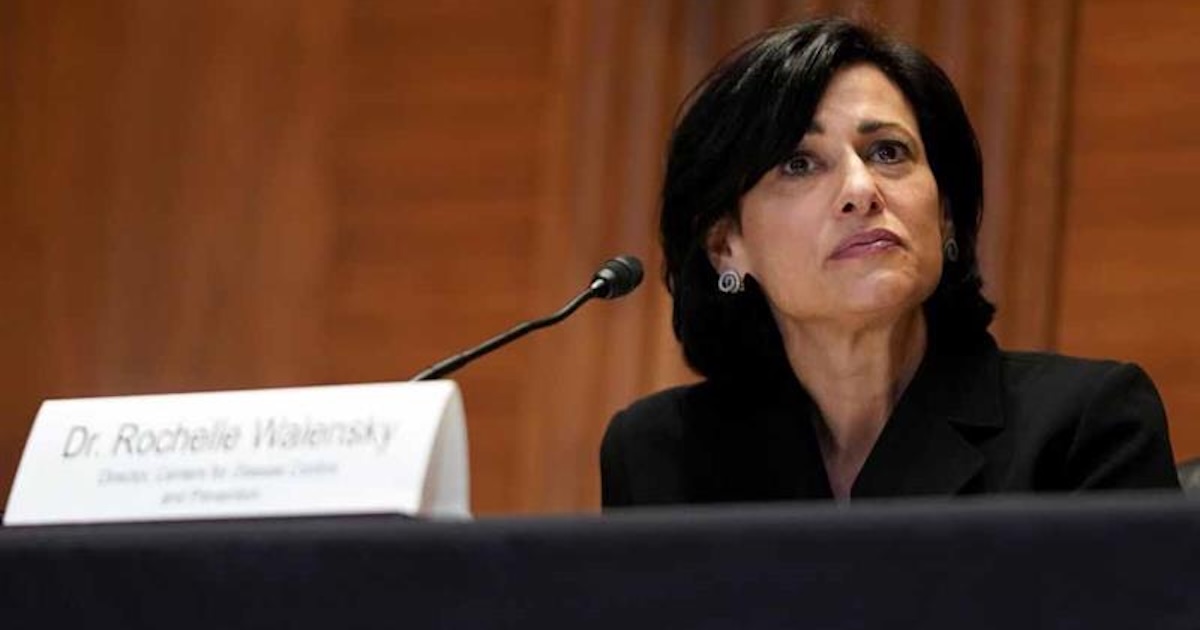 A Florida hospital is using Wi-Fi RFID technology to track the very essence of mobility, charting the movements of a doctor or nurse each day to determine where time – and, eventually, money – can be saved.
A Florida hospital is using Wi-Fi RFID technology to track the very essence of mobility, charting the movements of a doctor or nurse each day to determine where time – and, eventually, money – can be saved.
Florida Hospital Celebration Health in Kissimmee began the project in 2011, using Stanley Healthcare's T2su tags to measure traffic patterns in a 31-bed surgical unit in one of its newly built towers. The idea was to see how doctors and nurses moved about each day, then design their workflows to reduce unnecessary steps, boost job performance and morale and improve the patient experience.
Ashley Simmons, the hospital's director of performance improvement, said the project focused on two complaints most often expressed by hospital staff – that "no one understands my job," and that staff members are often asked to be in so many places during a regular shift that they end up tired and frustrated.
The answer? Spaghetti charts.
"We took the data and put it into something we could show them," Simmons said of the colored diagrams that show the steps taken by a particular doctor or nurse each day. From that diagram, she said, administrators could better understand what a particular staff member does and better design a daily routine for him or her.
 For example, if a nurse spent much of her day travelling to and from patient rooms at wildly divergent points on the floor, his or her shift could be designed to care for patients in one particular area. Or patients could be better grouped on a floor so that doctors and nurses would have an easier time tending to them.
For example, if a nurse spent much of her day travelling to and from patient rooms at wildly divergent points on the floor, his or her shift could be designed to care for patients in one particular area. Or patients could be better grouped on a floor so that doctors and nurses would have an easier time tending to them.
Simmons said administrators had to deal with 'Big Brother' concerns as well, assuring staff members that they weren't being spied on in the bathroom or monitored like a prison might watch over its inmates.
"We worked feverishly with them … to show them how we were reading the data," she said.
By measuring steps taken and time wasted, hospital administrators were able to improve staff workloads, which greatly affected employee engagement and, just as importantly, patient satisfaction. After all, a less-tired, more focused doctor or nurse is bound to be more responsive to a patient's needs. And that, in turn, could very well lead to reduced labor costs and improved clinical outcomes.
Simmons hopes to roll out the RFID project to other units in the 2,400-bed health system, and said some doctors have asked for the study to determine how they can better make use of their days. She also sees RFID being used to track ER traffic, equipment use, environmental services, meal deliveries to patients, even in planning how a certain department might be redesigned or new construction engineered to improve traffic flows.
"There's a lot of use cases," she said.


